With just 60 years of history, McLaren is something of a youngster among Europe’s famous luxury car marques. Yet it quickly elevated itself to an industry titan by developing some of this generation’s finest supercars.
In the fourth instalment of our On Your Marques! series, we take a deep dive into the British brand, exploring its intriguing history and some of the most iconic McLaren production cars to ever hit the asphalt.
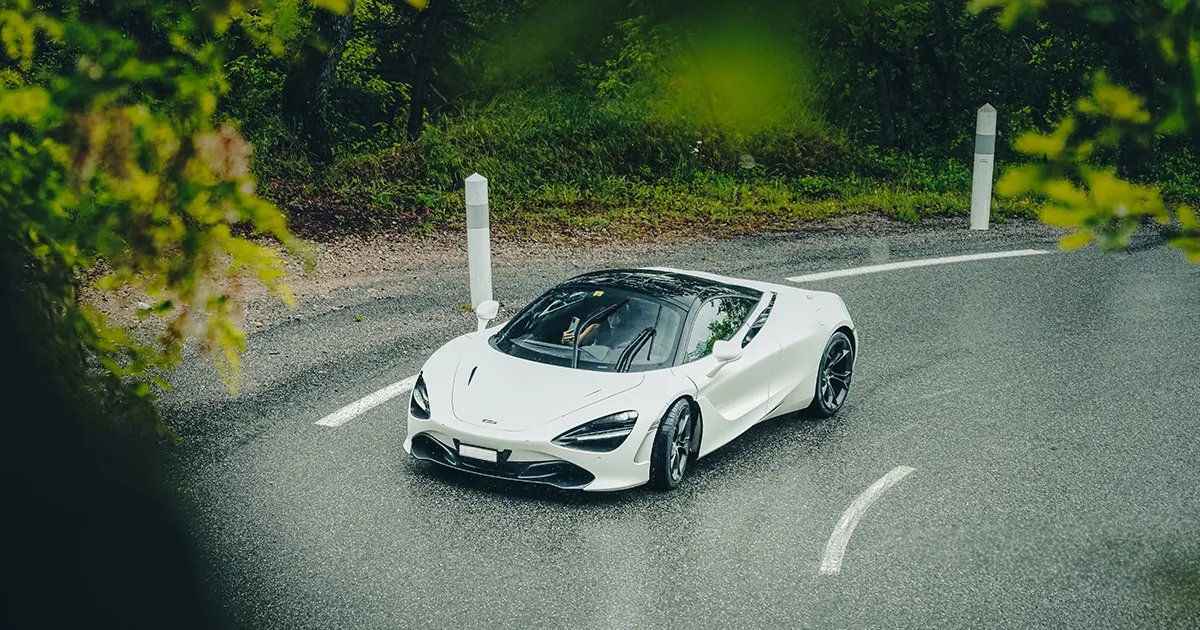
Image: Ultimate Driving Tours
History of McLaren: timeline
McLaren has enjoyed steady growth and dominance over the past six decades as both a Formula 1 constructor and a supercar manufacturer. Here, we look at some of the highlights.
1963: The beginning
New Zealand-born Bruce McLaren forms his own racing team based in Woking, after breaking away from his current employers, British Formula 1 team Cooper. Bruce McLaren Motor Racing is born.
1966: Formula 1 debut
After just two years in business, McLaren makes its first Formula 1 entry with a debut at the Monaco Grand Prix.
1970: Death of Bruce McLaren
On 2 June, test-driving his new McLaren M8D, Bruce McLaren dies in a crash on the Lavant Straight at Goodwood Circuit. He is 32 years old.
1985: McLaren Cars is founded
A big milestone in McLaren history as McLaren Cars, the sister company to McLaren Racing, is formed to produce luxury road cars.
1992: First production car
The legendary McLaren F1 makes its debut, with just 106 units produced. At its launch, it becomes the fastest production car ever made, with a top speed of 240.1 mph (386 km/h).
1999: Mercedes partnership
McLaren joins forces with F1 partner Mercedes-Benz to design and manufacture the SLR. This legendary car is sold from 2003 to 2010.
2010: Launch of McLaren Automotive
McLaren Cars becomes McLaren Automotive, and the marque begins development of the 12C – the first McLaren designed and produced road car since the famous McLaren F1.
2017: A serious competitor
In the world of supercars, McLaren is now a serious competitor to names like Ferrari and Lamborghini. In 2017, it reveals the track-focused Senna, before the Speedtail – the fastest McLaren to date – the following year.
2020: Announcement of Track25
McLaren announces its $1.6 billion Track25 business plan, outlining the marque’s future goals. Ambitious plans include launching 18 new models and going completely hybrid by 2025.
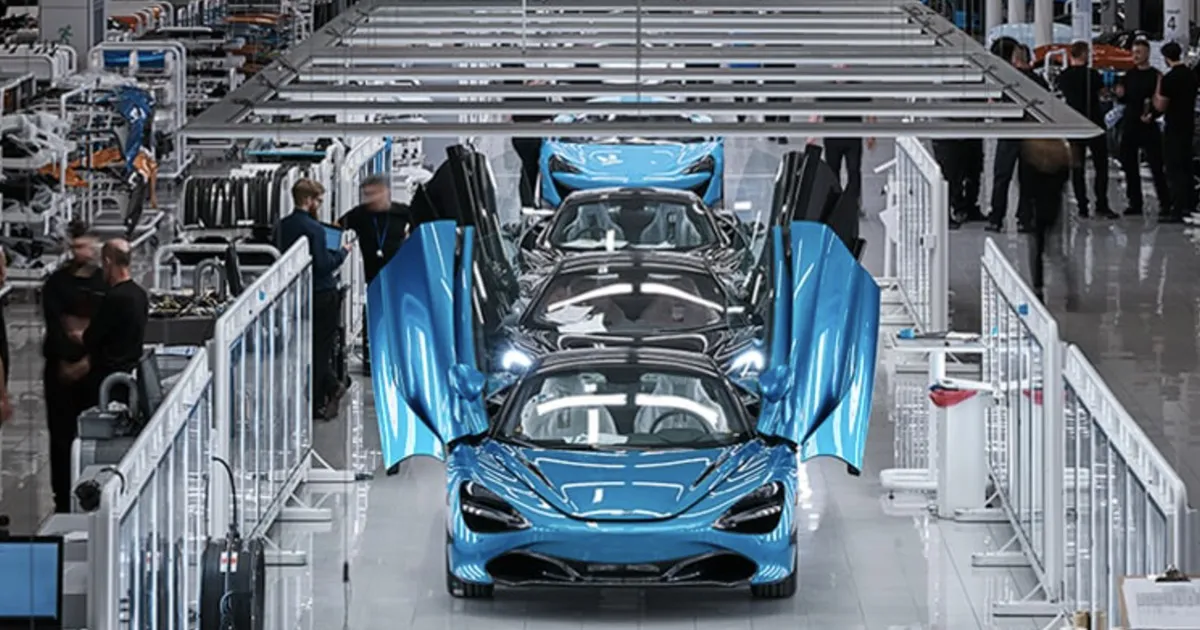
Image: cars.mclaren.com
What is McLaren known for?
Aside from those futuristic butterfly dihedral doors that swing upwards? McLaren is renowned for its cutting-edge engineering and aerodynamic efficiency, incorporating its advanced F1 technology into its road cars. As a result, McLarens are always an exhilarating drive.
The brand is also a pioneer when it comes to exotic materials; notably carbon fibre monocoques, as seen with the launch of the world’s first carbon fibre road car, the McLaren F1.
With vehicles hand-assembled at McLaren’s facility in Woking, and production highly limited, there’s a definite sense of high-end luxury and exclusivity. All things considered, it’s easy to see why so many people enthusiastically buy McLarens as soon as they hit the market.
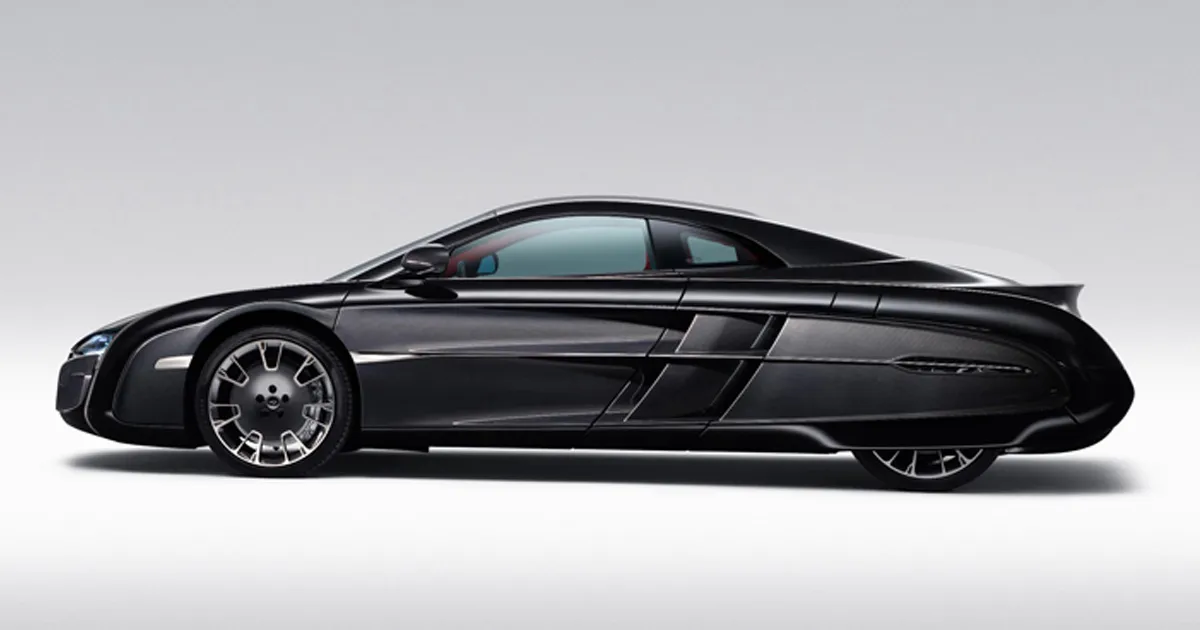
Image: topgear.com
Three interesting facts about McLaren
Ready to impress your motoring buddies with some tasty McLaren trivia? Try these out:
#1. Celebrities love the McLaren F1
The McLaren F1 is one of the greatest road cars in history and has attracted celebrity owners including Elon Musk (who wrecked his first F1 in a crash), Rowan Atkinson (who also crashed his F1, twice), Jay Leno, Ralph Lauren, and the Sultan of Brunei. Interestingly, McLaren produced a custom one-off F1 ‘Hindu edition’ for music icon George Harrison, featuring a dark purple body, Hindu holy symbol-inscribed steering wheel, and song lyrics handwritten by chief engineer Gordon Murray on the carbon chassis.
#2. McLaren’s first road car was historic
The 1992 F1 may be McLaren’s first production car, yet Bruce McLaren tried his hand at a road car back in the late ‘60s. He built a prototype based on the Can-Am championship-winning M6A – marrying an M6B chassis with an M6 GT body and a BARTZ-tuned Chevy engine. This prototype may have gone into production, although the project ceased after his death in 1970.
#3. A one-off, aubergine-inspired car
The most exclusive McLaren ever was the truly unique X-1, produced in 2012. Limited to just one, the X-1 was built for a secretive customer who already owned an F1, an SLR McLaren, and a 12C, and wanted something completely unique. It took more than two years to finalise the design – based on an MP4-12C – the X-1 is said to be inspired by items including a Montblanc pen, a piano, and even an aubergine! Despite its quirky design, it still reaches a thrilling top speed of 207 mph (333 km/h).
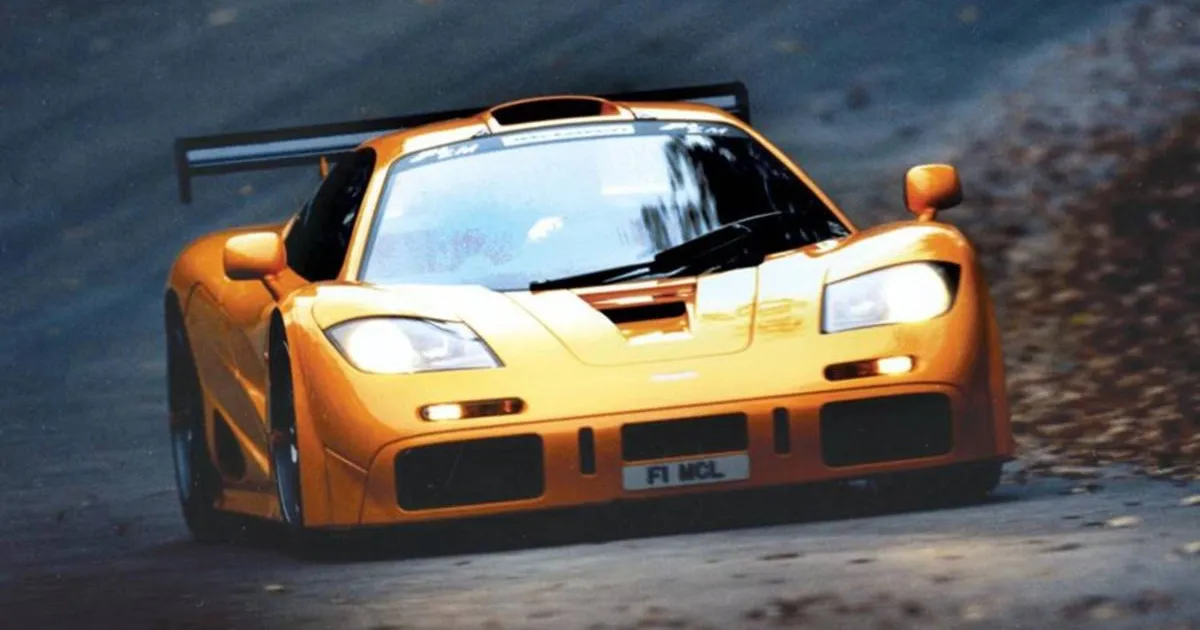
Image: autoweek.com
What is the most iconic McLaren road car?
McLaren’s back catalogue is bursting with celebrated road cars, although the brand set the bar incredibly high with its very first release. Launched in 1992, the McLaren F1 is not just the most iconic McLaren road car, but one of the most iconic supercars ever produced.
The F1 was the world’s first carbon fibre road car and the world’s fastest production car at the time – its 240.1 mph (386 km/h) top speed record stood for 12 years before finally being broken by the Bugatti Veyron in 2005.
With just 106 produced, it is rare to see an F1 on the market these days, yet if you are lucky enough to spot one, expect to pay around £16 million for the pleasure. Money well spent in our opinion.
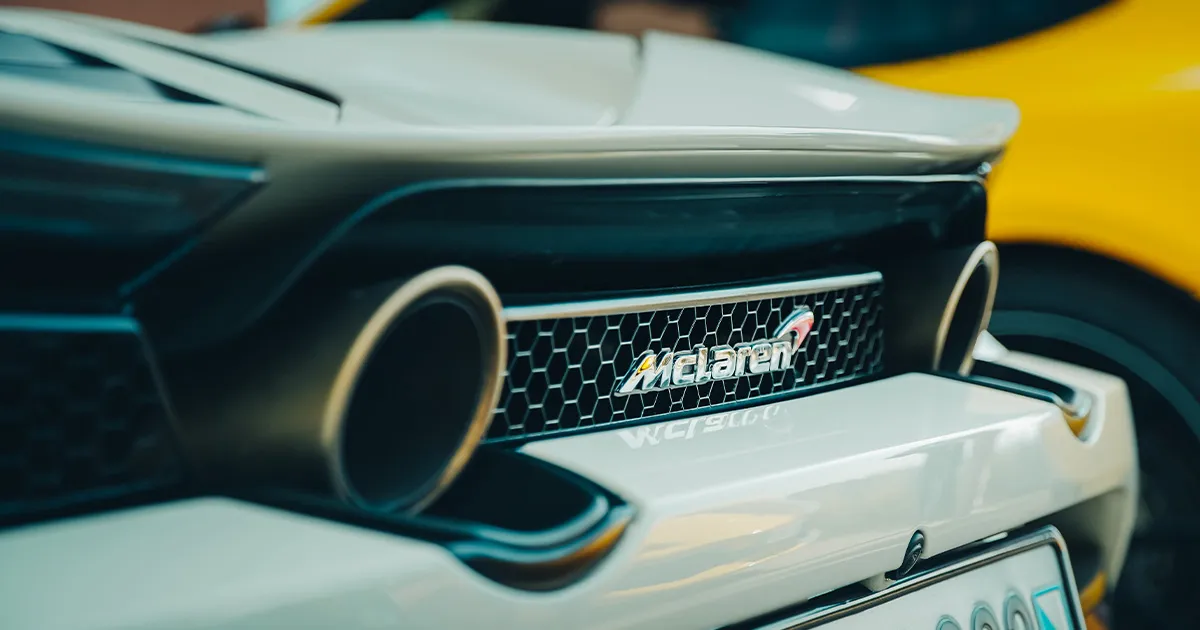
Image: Ultimate Driving Tours
McLaren’s brand: signature colour and logo
It’s usually easy to see a McLaren coming – just look out for the signature Papaya Orange blur. This attractively exotic colour is now synonymous with the British marque.
It was introduced in 1968, with Teddy Mayer, Bruce McLaren’s business partner, believing that adopting such a bright colour would help their cars stand out on black and white television coverage.
McLaren’s original logo was equally eye-catching, featuring a green checker pattern, racing car silhouette, and a kiwi bird – the New Zealand icon and a nod to the original owner’s heritage. The logo has evolved over time and now features the marque’s name and a small simple speedmark.
Our picks: the 5 best McLaren road cars
McLaren rarely puts a foot wrong when it comes to producing road cars, so whittling it down to a handful of favourites is no mean feat. Still, here are our top five.
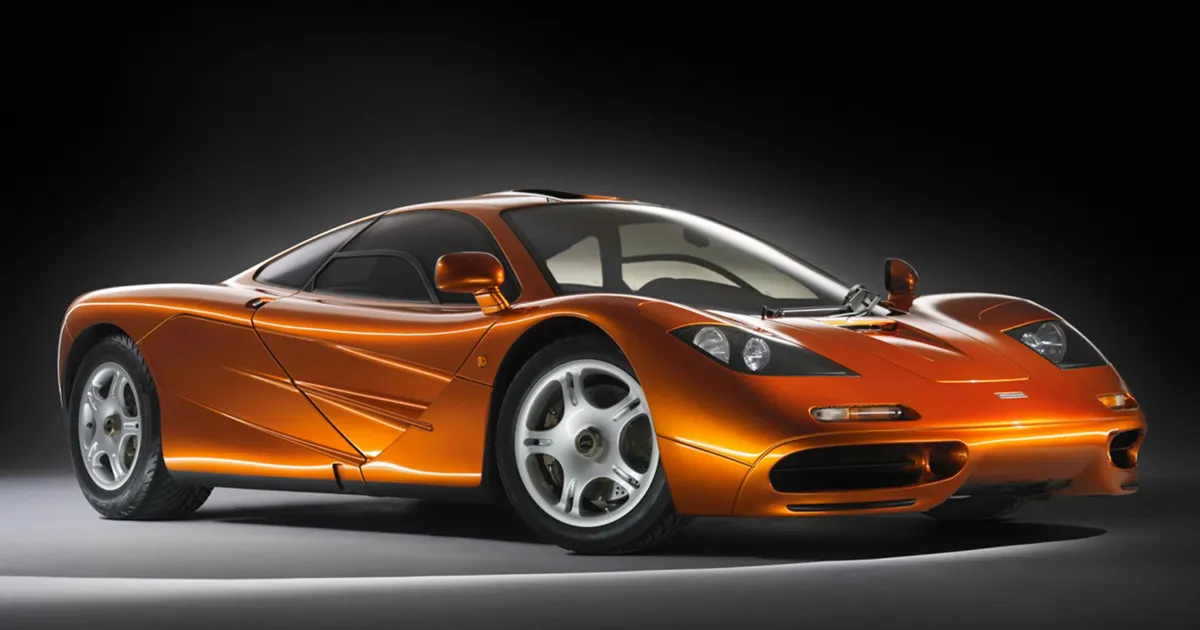
Image: cars.mclaren.com
F1
We’ve (rightfully) waxed lyrical about the 1992 McLaren F1 in this article, and it will always remain our choice for the best McLaren road car. Just astounding.
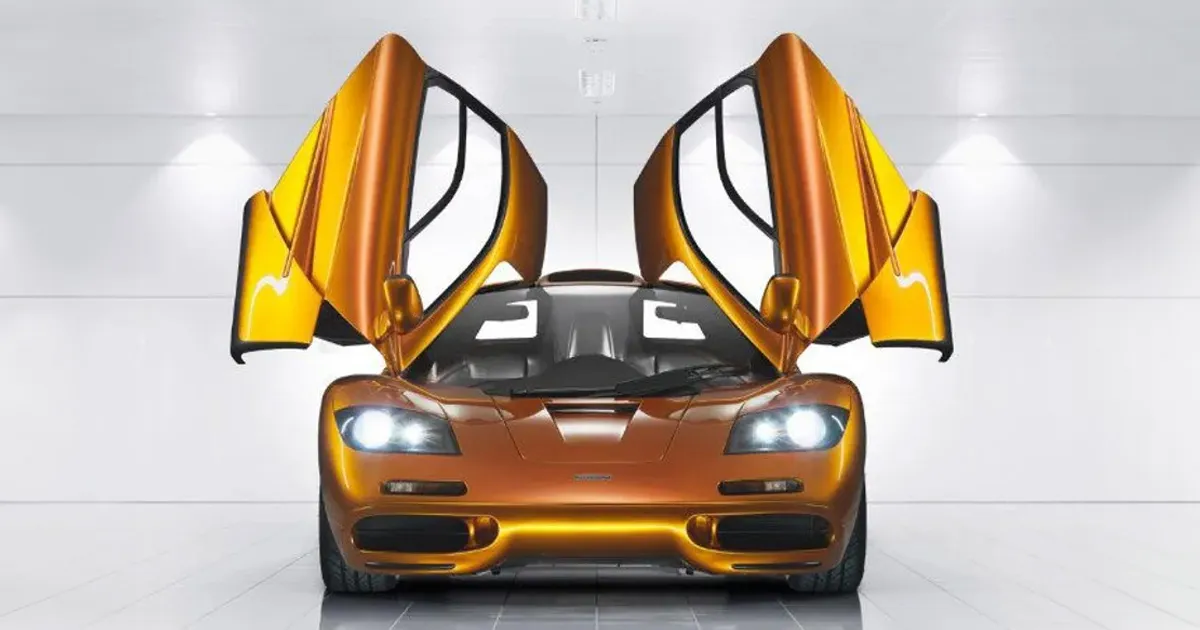
Image: cars.mclaren.com
P1
First shown at the 2012 Paris Motor Show, the P1 is considered to be the successor to the McLaren F1 – a tough act to follow. With savage acceleration and ground-breaking active aerodynamics, the P1 utilised hybrid power, F1 technology, and a carbon fibre monocoque for a joyous driving experience. It was only marginally more available than the F1, with 375 produced.
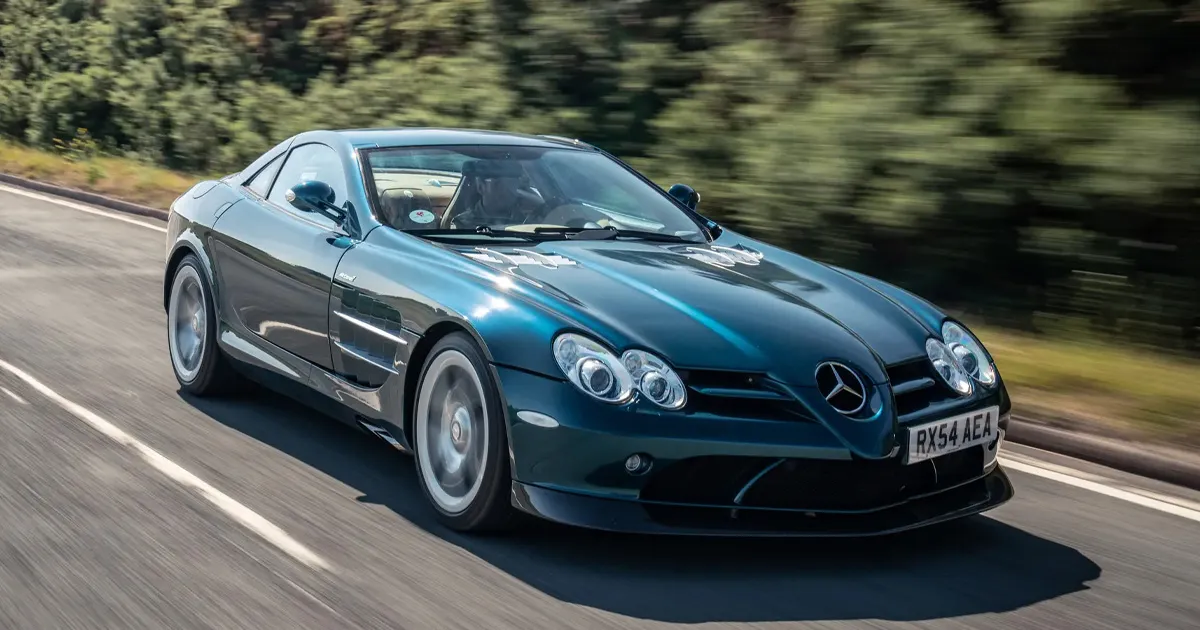
Image: topgear.com
SLR
Perhaps it’s a bold move to select a Mercedes as one of our best McLaren cars, yet this joint venture with Mercedes-Benz was essentially a McLaren in everything but style. The 2003 SLR featured a 5.5-litre supercharged V8 producing 617 hp and a top speed of 207 mph (334 km/h) and was packed with McLaren’s F1 tech. It had its critics, but we love its charisma, aggression and exclusivity.
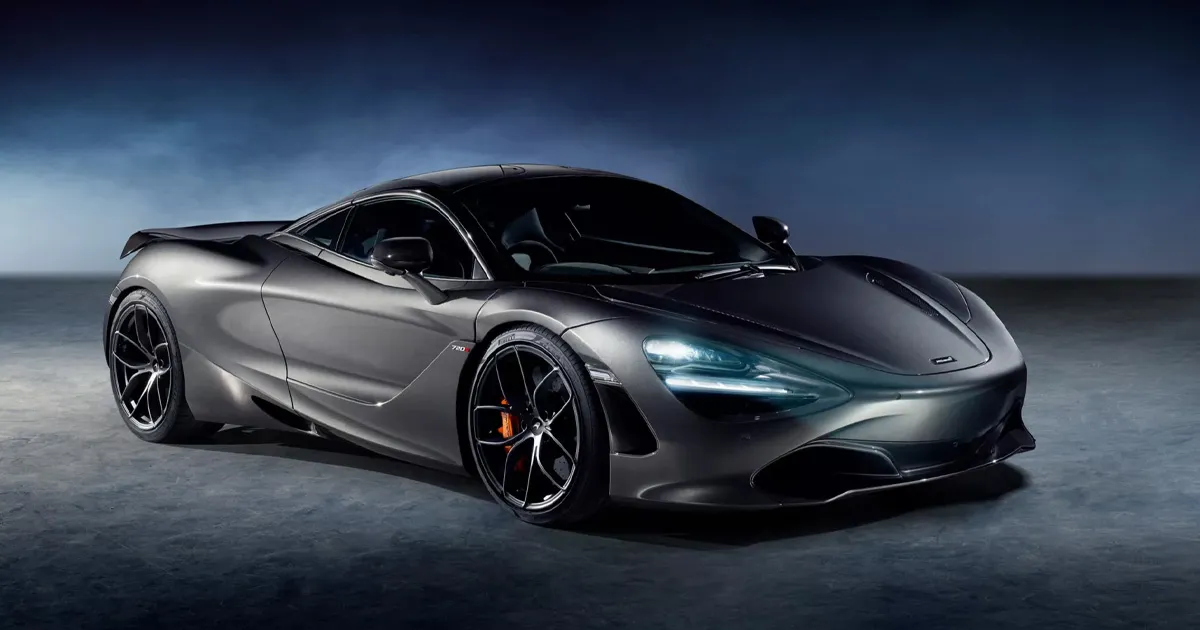
Image: cars.mclaren.com
720S
The 720S is a thrilling specimen and one of the stars in our supercar fleet. With a 4.0-litre twin-turbocharged V8 engine and an abundance of performance-enhancing technology, it’s as engaging as it is powerful as it is beautiful, and it demands you up your game to match its excellence.
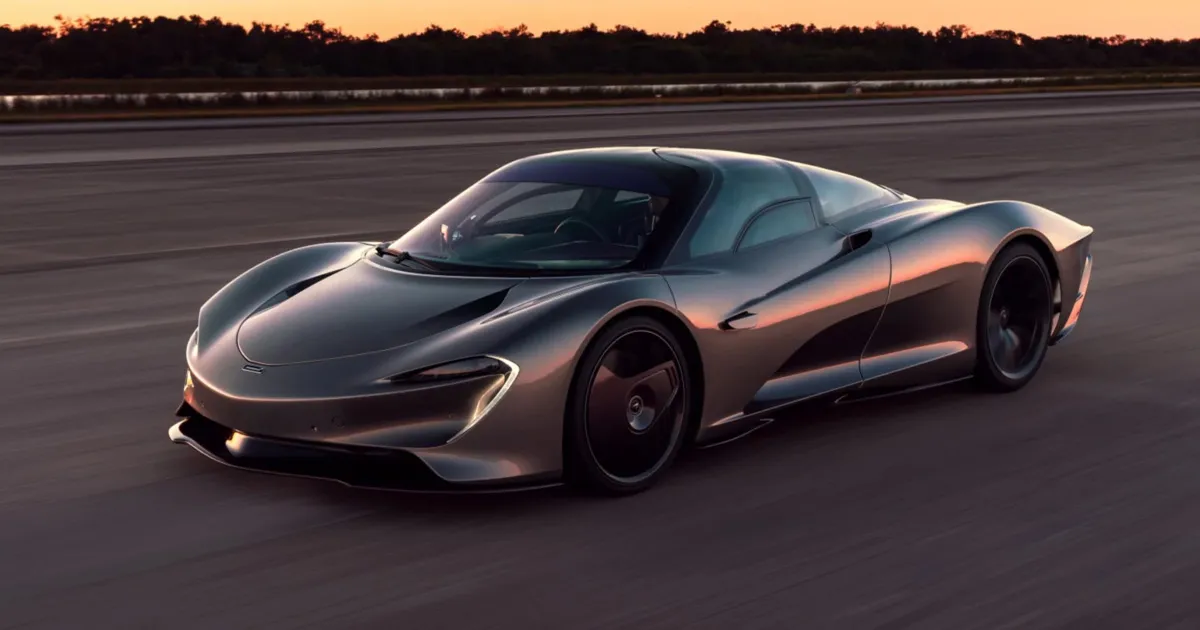
Image: cars.mclaren.com
Speedtail
Billed as McLaren’s first Hyper-GT, the hybrid Speedtail is the fastest and most powerful McLaren road car to date. With a combined power output of 1,040 horsepower and an eye-watering top speed of 250 mph, the Speedtail can reach 186 mph in just 12.8 seconds. Some of the performance and comfort features are equally astounding, making this a truly magnificent modern McLaren.
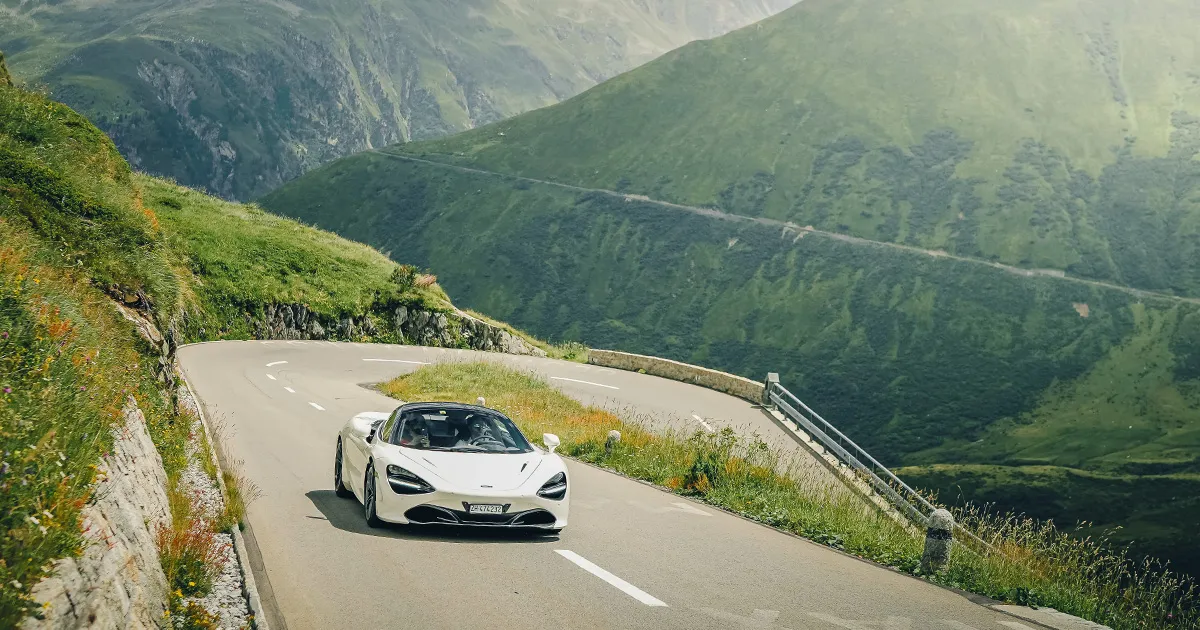
Image: Ultimate Driving Tours
Experience McLaren with Ultimate Driving Tours
Driving a McLaren really is a unique experience, made all the more exceptional when you do it on some of the best roads in Europe.
This is exactly what’s in store for you on our luxury driving tour of Europe. Enjoy driving our 720S and a full fleet of other latest-release supercars through the most exciting roads in Germany, Switzerland, Italy and France, staying in boutique accommodation and indulging in the finest of dining along the way.
To learn more about this or any of our exclusive European tours, talk to our friendly travel concierge team today.
Share Article
